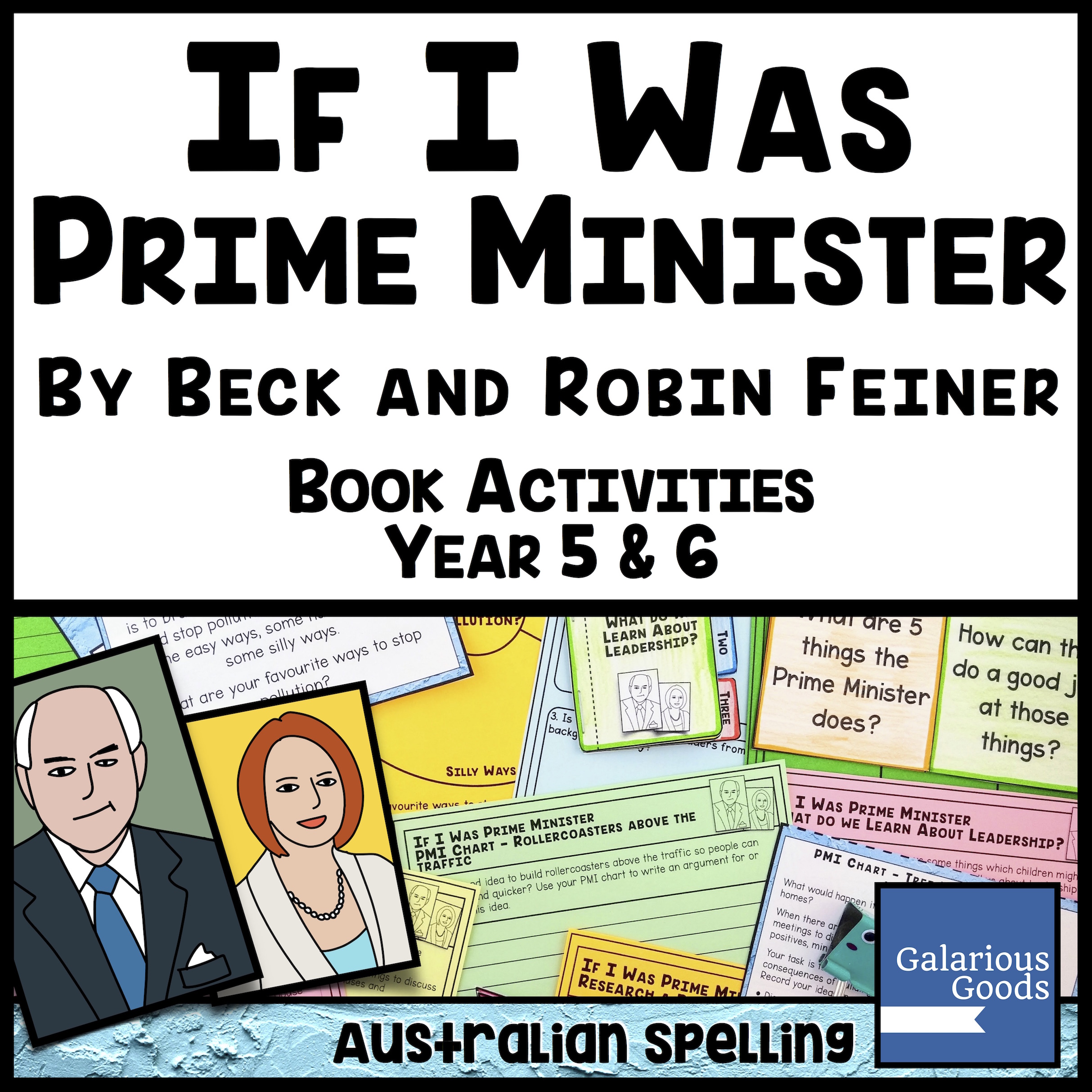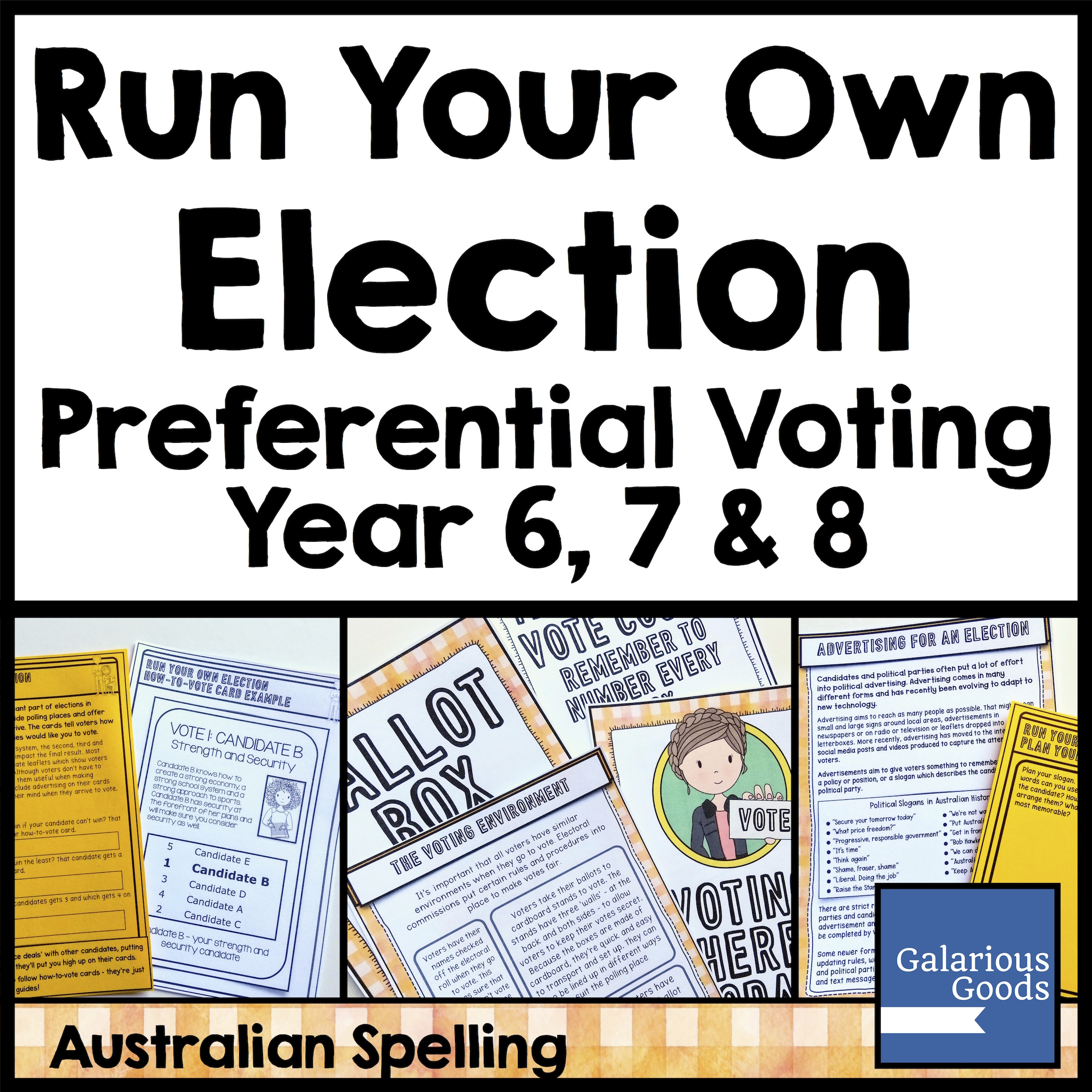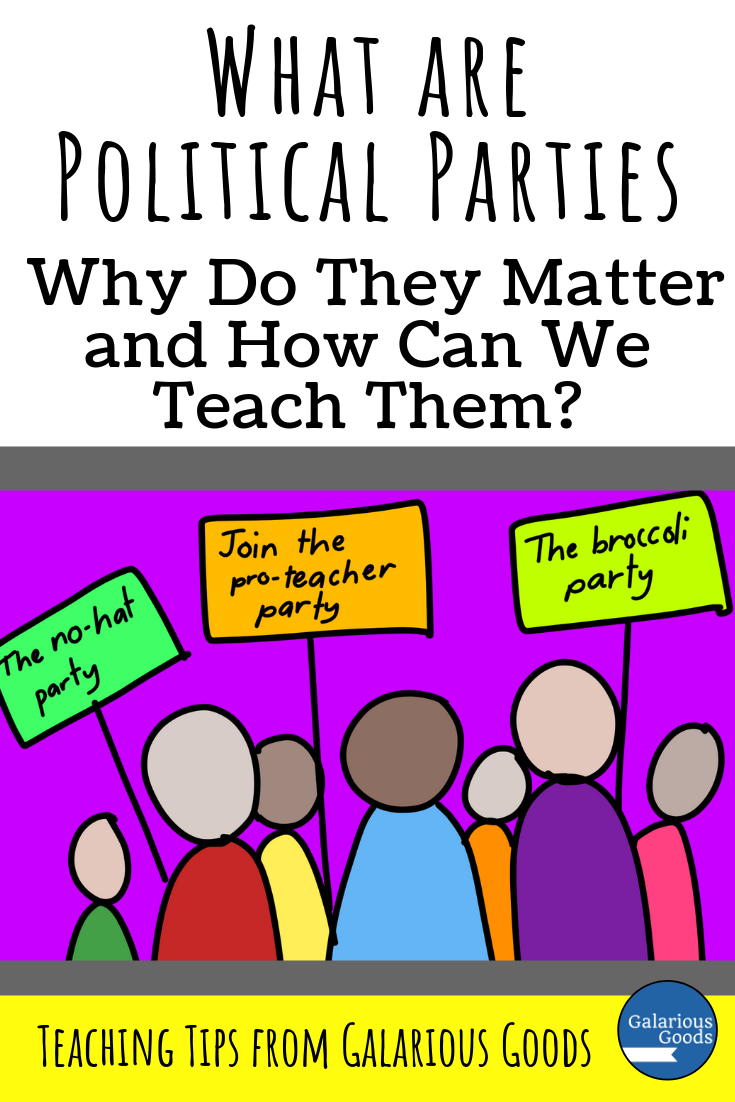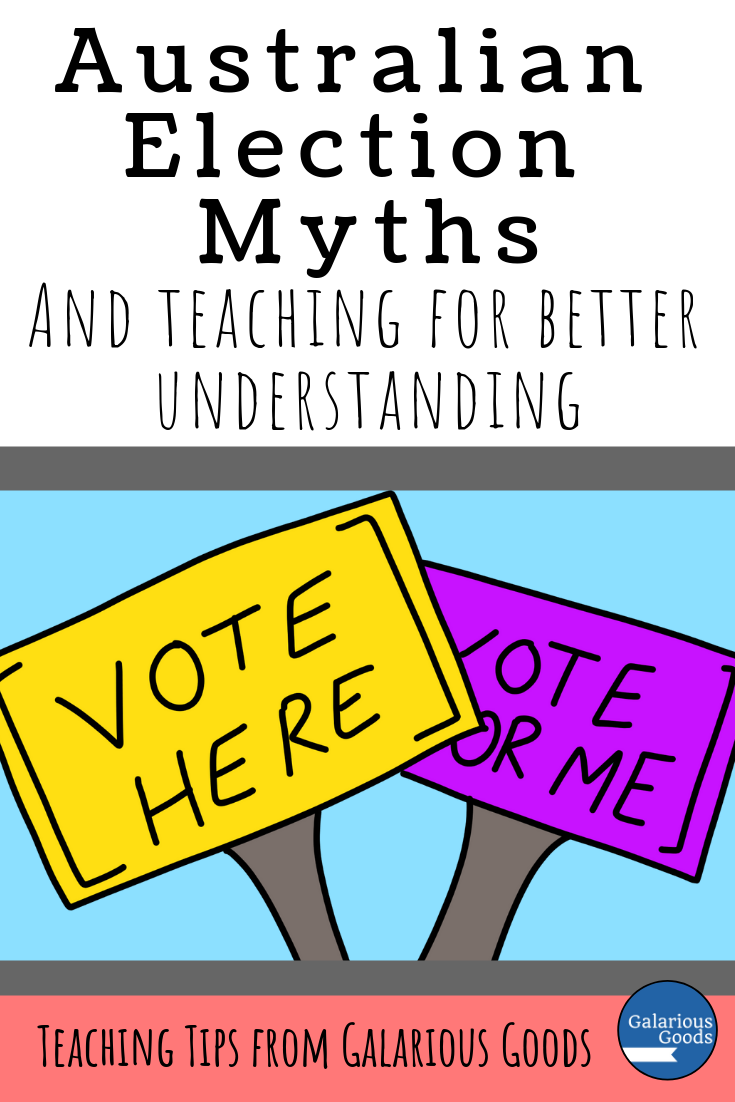What are Election Policies? (And how can we teach students about them?)
/In this post I’m going to take a closer look at election policies - or what different political parties are promising - as well as some ideas for exploring election policies in the classroom.
What are Party Policies?
Every political party creates a set of policies - goals for different areas of government which are shaped by the values of the party. These policies might be very general - we are aiming to promote penguins - or very specific - we are aiming to use government money to build statues of penguins around Australia.The parties who have a better chance of winning seats in an election are more likely to have specific policies - because the voters will expect them to turn the policies into laws if they win the election.
During an election campaign, political parties may release, discuss and promote these policies. They might talk about how these policies are different from the other parties, talk about how they are going to pay for these policies or talk about how these policies will create a better country or state.
The party policies combine to make the party platform - the goals the political party will aim to achieve if they win government.
Lesson idea: Students can brainstorm some general policies for their school and then see if they can make them more specific. So ‘air-conditioning the classrooms’ may become ‘work with the P and C to come up with fundraising ideas so we can air-condition at least three of the classrooms next year’. Students can then discuss whether general or specific policies are more helpful for voters.
How are Party Policies Made?
There are a number of ways policies are made. Sometimes party leaders might make up policies as they go. More commonly, though, policies involve political parties identifying issues which people care about or problems which need to be solved, then working through a process to develop a policy which would solve the problem or address the issue.
The process often asks political parties to think about any potential issues which would come up if the policy was turned into laws. For example, a policy to promote penguins might sound great in theory, but additional tourists travelling to visit penguins might put penguin habitats in danger and it would definitely mean more traffic on the roads. Political parties have to work through all these potential problems in their policies to create the best policy possible.
Lesson idea: Provide students with a list of possible school policies and ask them to consider the implications of these policies. They might like to create PMI charts or other ways of exploring the policies.
How Can Regular Citizens Understand Election Policies?
This is possibly the hardest part! Political parties often release a lot of policies before elections. They want to use these to convince voters to vote for them. So many times they are written in a way which is very persuasive and this can sometimes be a bit confusing.
Some political parties might use their policies to be negative about other parties. Other political parties might use their policies to show that they are very serious - which means they include so much detail it can be hard to understand what the policies are. And some policies are just down-right confusing if you don’t understand complex tax systems!
There are a few ways we can get through to the nitty-gritty of policies though:
1. Try to rewrite them in your own words.
Your own words will include less of the persuasive language used before elections. By writing out some of the policies from different parties in your own words you can get a better idea of what those policies are and how they compare with other policies.
Students can easily explore this in the classroom. By rewriting the policies and removing persuasive language, they can explore how persuasive language is used in election campaigns. They can use this knowledge to create their own persuasive statements.
2. Compare policies with the values of the political party
The political party will have a set of values which they follow. Usually policies are created in alignment with the values of the political party. If they don’t seem to align, it’s worth exploring why that is the case. It’s possible that the policy is more complex than it first seems!
Students can work on these comparisons in groups. They can also try to match policies to different political parties, or create their own political parties with different values and decide what kind of policies would suit each set of values.
3. Compare policies with speeches
It’s always good to explore primary source material. In many cases politicians give speeches which look at what they believe and why they believe it’s important. They might also give speeches which give more information about different policies - these are a good way to take a closer look at policies and how they align with what the politicians are saying.
Then how do I work out who has the BEST policies?
Honestly, that really depends on what you think is most important. The best way is to spend a little time reflecting on what is most important to you - jobs, education, penguins?
When you have determined what is most important to you, you should look for whichever political party has policies which best match with what you believe. It’s unlikely that you’ll get an exact match, so you might need to determine which is the closest on the most important and be more flexible with less important beliefs.
Lesson Idea - Students can be provided with different aspects of school life and school decision making (like types of lessons taught, school events, uniform decisions, food in the tuckshop) and determine which one is most important to them. Students can use this information to write the kind of policies they’d like to see at school.





















